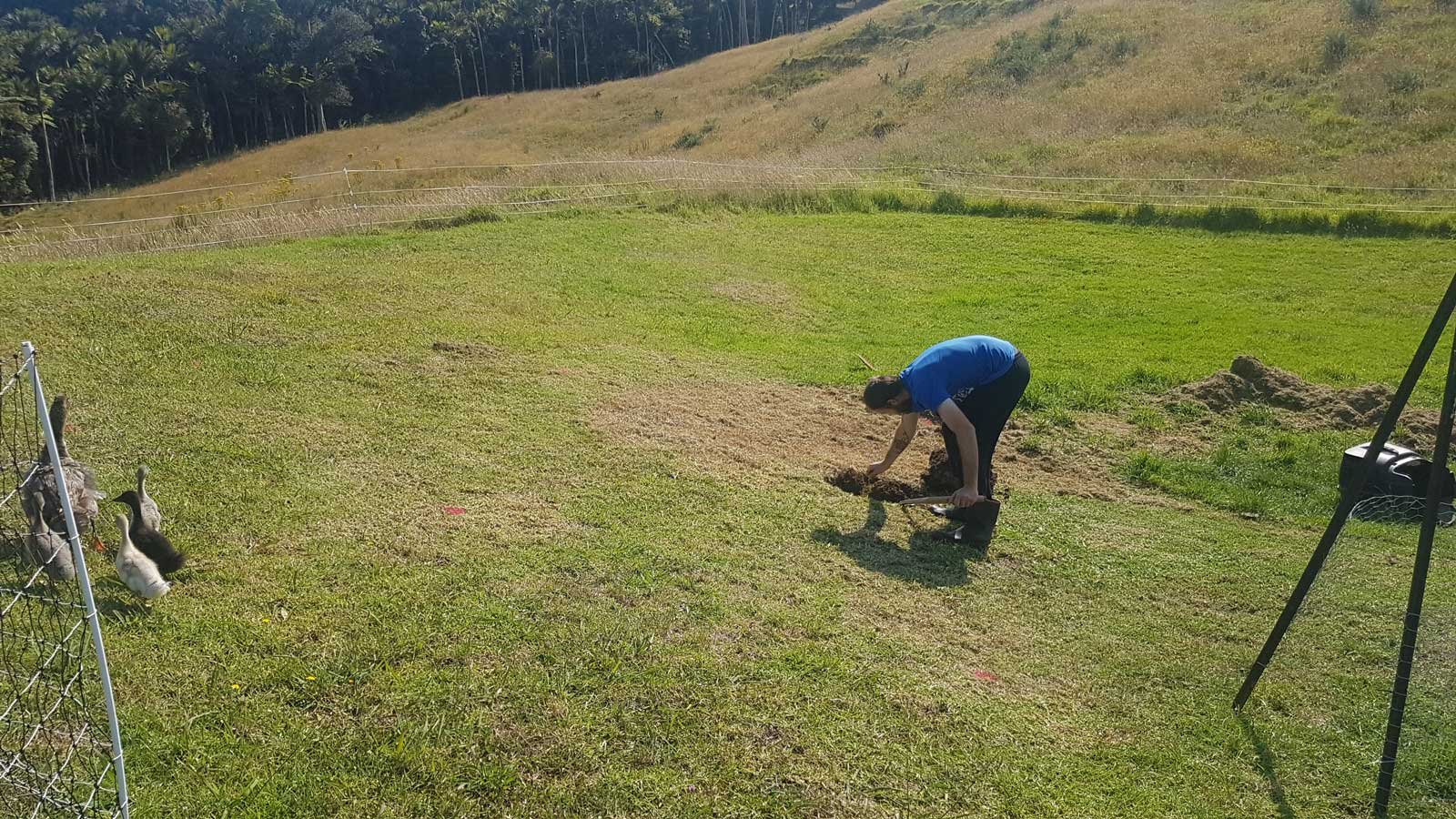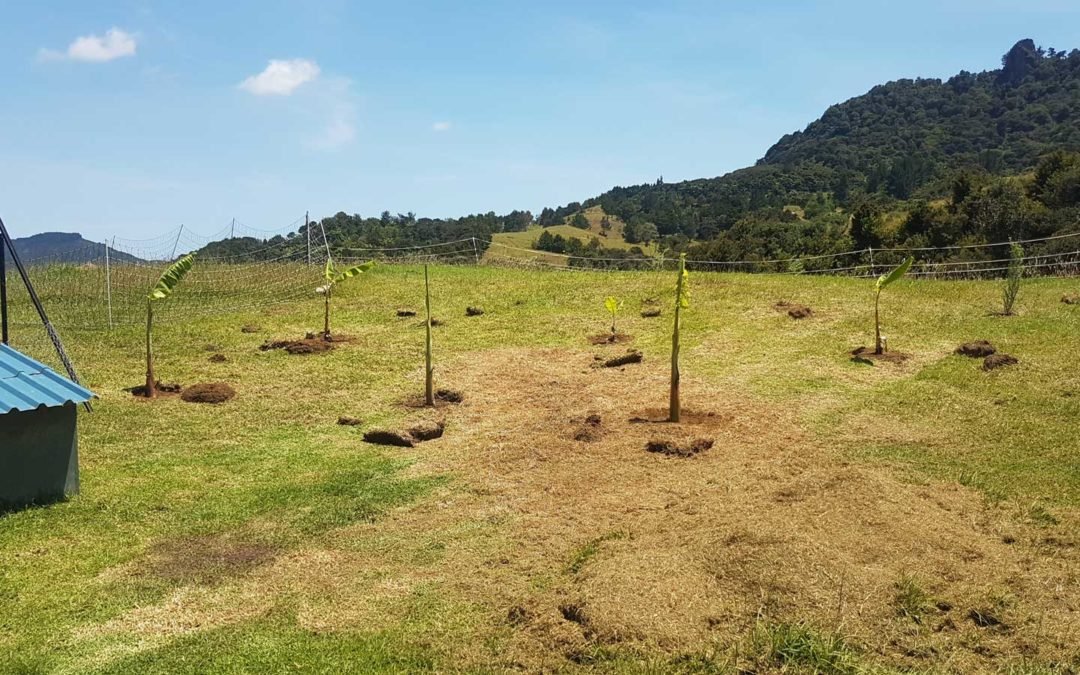Back in early 2017 I was looking to change my life a bit. For the previous 3 years, I’d been working as a professional petsitter. It involved moving every 2-4 weeks into a new house anywhere in the country to look after people’s pets. It was a fun life, but it had become increasingly difficult to keep up with due to other events going on at the same time.
I’d decided to settle down somewhere near Whangārei, where Richard and my Dad both lived, and stay still for a while. I had a few options in front of me: one path which I didn’t choose in the end, was to be a banana farmer.
There’s a small plantation between Bream Bay and Whangārei. The owner lives overseas for 6 months a year and has someone live on the property to look after their banana crop. I was to care for the bananas, expand the plantation, harvest the bananas, and hand them on to a marketer who would sell them. All the banana profits would be mine. It was a pretty sweet deal.
In the lead-up to my property tour/interview, I gave myself a crash course on growing bananas. I learned a lot. It turns out New Zealand has a thriving little cottage industry in domestically-grown bananas!
As a result of all this, bananas became a plant that was on my ‘list’. It’s not a real list, but as I discover new plants in my research, I decide whether I want to have them or not. If I want them, they go on my mental list and at some point, I end up finding them.
And find them I did. A friend of ours gifted us 3 ‘Lady Finger’ banana stems a couple of years ago. They’ve been doing quite well in a pot since then, but this week was time to get them in the ground. They were joined by 3 ‘misi luki’ stems I found through a banana growers Facebook group I’m part of.

We have a ‘dip’ in the topography near the main compound. Even on a cold, windy day, it’s actually quite pleasant to stand there. I’ve played around with ideas for it – it could have been used for grapes, berries, citrus… – but in the end it has become the beginnings of our banana plantation. The wind is still a risk in this spot, but you’ve got to start your planting somewhere. Everything is quite exposed here, but this is a less-exposed spot.
Our bananas are planted at 2m spacings. For added wind protection, we’ve planted tagasaste at 1m intervals at the top of the ridge. These should grow fast. Tagasaste is a nitrogen fixer so we can ‘chop and drop’ the branches onto the bananas as mulch. It can also be used as stock feed if our cows ever ran out of grass (a laughable thought). Eventually, it will be replaced by native mānuka and akeake.
In time, we’ll add a low fence around this area and it will be where the ducks live. They’ll be able to forage among the bananas, and we’ll be able to make sure their nests are safer (and easier to find) than they are now.
Our 6 bananas, in just a few years, will turn into 12, and then 24, and then 48 bananas. As they send up daughter and grand-daughter stems, we’ll dig them up and expand the plantation. I’d like to find more varieties as well, because each variety of banana is a clone. They lack genetic variability and this means disease can be devastating and wipe out an entire variety.
I’ve joined Tropical Fruit Growers of New Zealand, and I’m finding them pretty invaluable for sourcing plants. So I should have the opportunity to pick up a few other varieties along the way. With a bit of luck and a bit of smarts, we may be able to make bananas a paying crop too.
Bananas have so many uses – their leaves make great biodegradable plates and packaging. They provide a lot of biomass for the compost. They provide shelter, and human and stock food. I hope they do well, and I can’t wait to eat the fruit of their daughters and grand-daughters.


